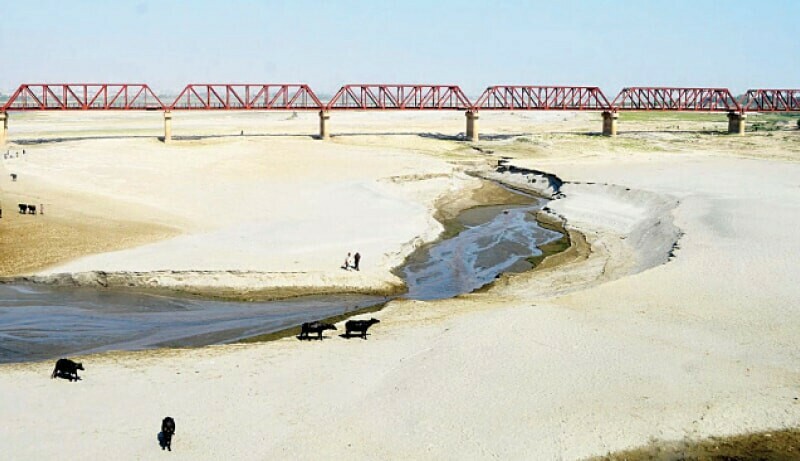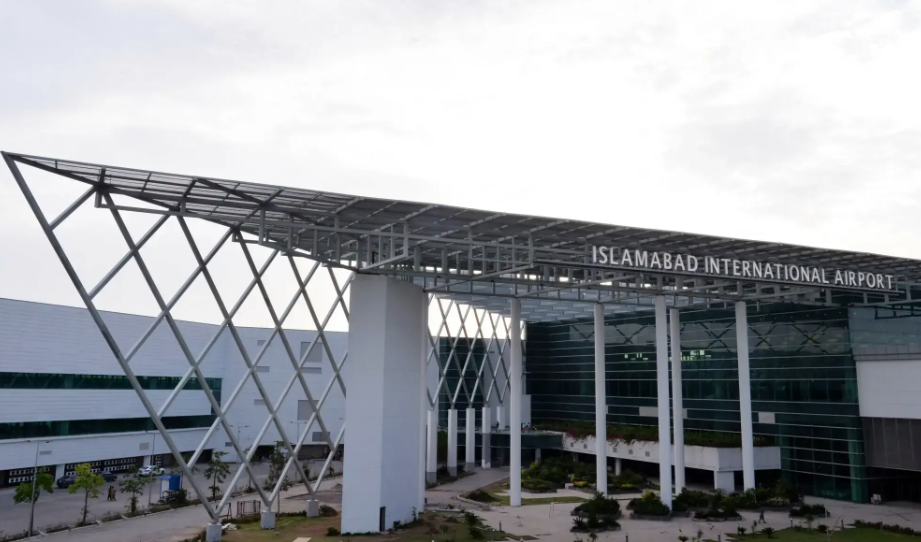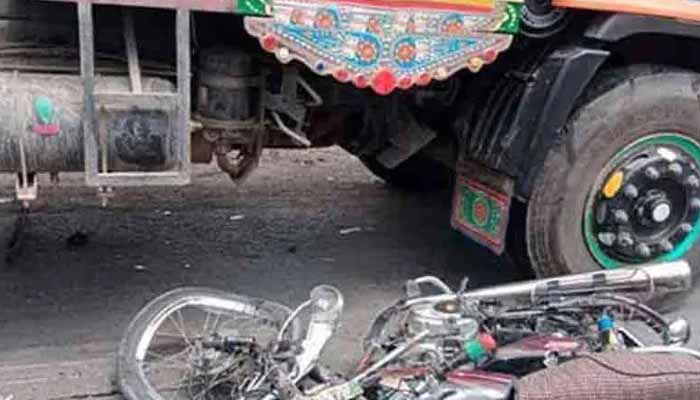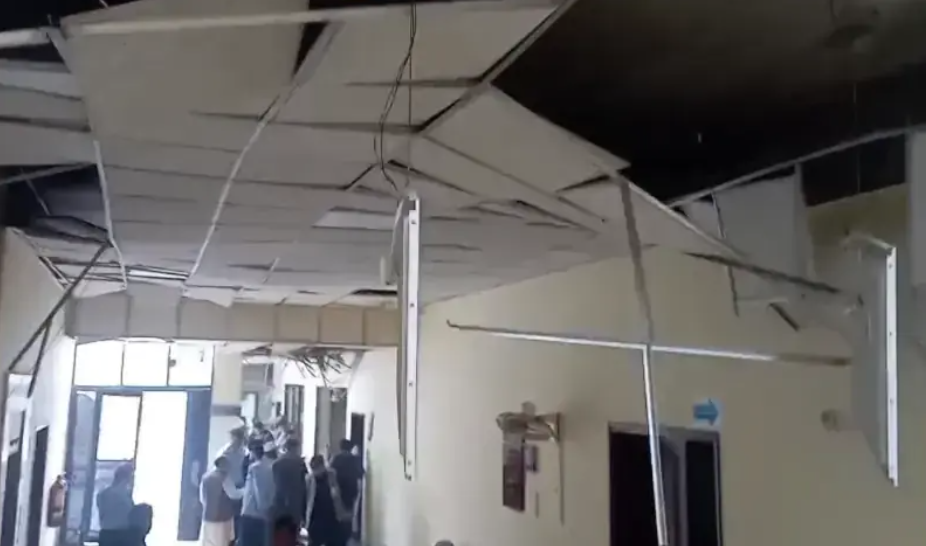HEALTH

Sukkur, Sindh — A major water crisis is unfolding in Sindh, as the province’s largest barrage, Sukkur, faces a 75% shortage of water. The situation is exacerbated by the closure of the Guddu and Sukkur Barrage canals and the failure of key authorities to manage water distribution effectively.
According to official reports, all four canals of Guddu Barrage have been closed, and only minimal drinking water is being provided to the four canals of Kotri Barrage. In stark contrast, large reservoirs like Tarbela, Mangla, and Chashma continue to store water, but much of it has not been distributed effectively to meet the region’s needs.
Key Water Shortages and Impacts:
- Guddu Barrage: The Sindh Irrigation Department reported a 58.39% shortage in water at Guddu, with only 16,646 cusecs reaching the province, despite Sindh’s requirement of 40,000 cusecs.
- Sukkur Barrage: The shortage at Sukkur reached a concerning 75%, leaving Nara and Rohri canals with a 70% and 69% deficit, respectively.
- Kotri Barrage: Water provided for drinking purposes only, with 4525 cusecs allocated to four major canals, resulting in a 68% shortage. The Khairpur East and Khairpur West areas saw shortages of 56% and 53%, respectively.
The Kharif season, which follows the Rabi season, has been especially impacted, with Sindh suffering a 51% water shortage in March. The crisis worsened in April with the IRSA Advisory Committee mandating a 43% water shortage, but water deliveries remain significantly lower than required.
WAPDA’s Role and Dams Storage:
While WAPDA continues to store water in the country’s major dams, the Indus River System Authority (IRSA) and local authorities have been criticized for mismanagement. The water levels in key reservoirs are as follows:
- Tarbela Dam: Water level reached 1410.59 feet, with 8.59 feet of water stored.
- Mangla Dam: Water level stood at 1083.2 feet, with 33.2 feet stored.
- Chashma Reservoir: The water level reached 644.3 feet, with 6.15 feet stored.
The situation has led to growing dissatisfaction and concern among local farmers and communities who rely on irrigation systems for their livelihoods. As Sindh continues to experience a water crisis, the need for better water management practices and equitable distribution is becoming increasingly urgent.
Calls for Action:
Sindh’s farmers and local leaders have urged WAPDA and IRSA to act immediately to ensure water reaches the people who need it most. The continuing water shortage threatens both agricultural production and drinking water availability, exacerbating an already challenging situation in the province. Local authorities have been called to coordinate more effectively to mitigate the crisis and address the region’s water distribution issues.
This ongoing water crisis in Sindh highlights the vulnerability of agricultural communities in Pakistan and the urgent need for comprehensive water resource management in the face of climate change and poor governance.




